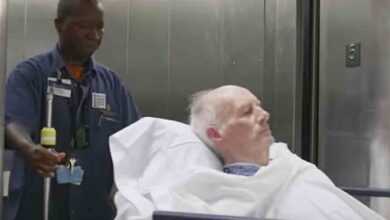Bugs that come out at night can seriously hurt people or give them a sickness that lasts forever
When Emiliana Rodríguez was little, she saw a friend suddenly die while playing soccer at night. She later learned this was because of Chagas, a dangerous disease spread by nighttime bugs. This illness affects up to 8 million people every year, and sadly, 12,000 of them don’t survive. Chagas is often called a “silent killer” because many people don’t know about it.
When she was 15, Emiliana Rodríguez moved from Bolivia to Barcelona. Even after her move, she was haunted by the fear of Chagas, a disease she describes as a “monster.” Years later, while expecting her first child, Emiliana discovered she had Chagas. She was terrified, remembering stories of people dying suddenly and the loss of her friend. She worried, “What’s going to happen to my baby?”
Emiliana got treatment to protect her baby from Chagas. Luckily, when her daughter was born, tests showed she didn’t have the disease. On the other hand, in Mexico, a young girl named Idalia was surprised to learn she had Chagas. She only found out when she gave blood near her home in Veracruz. Chagas is spread by bugs called triatomine, often known as kissing or vampire bugs.
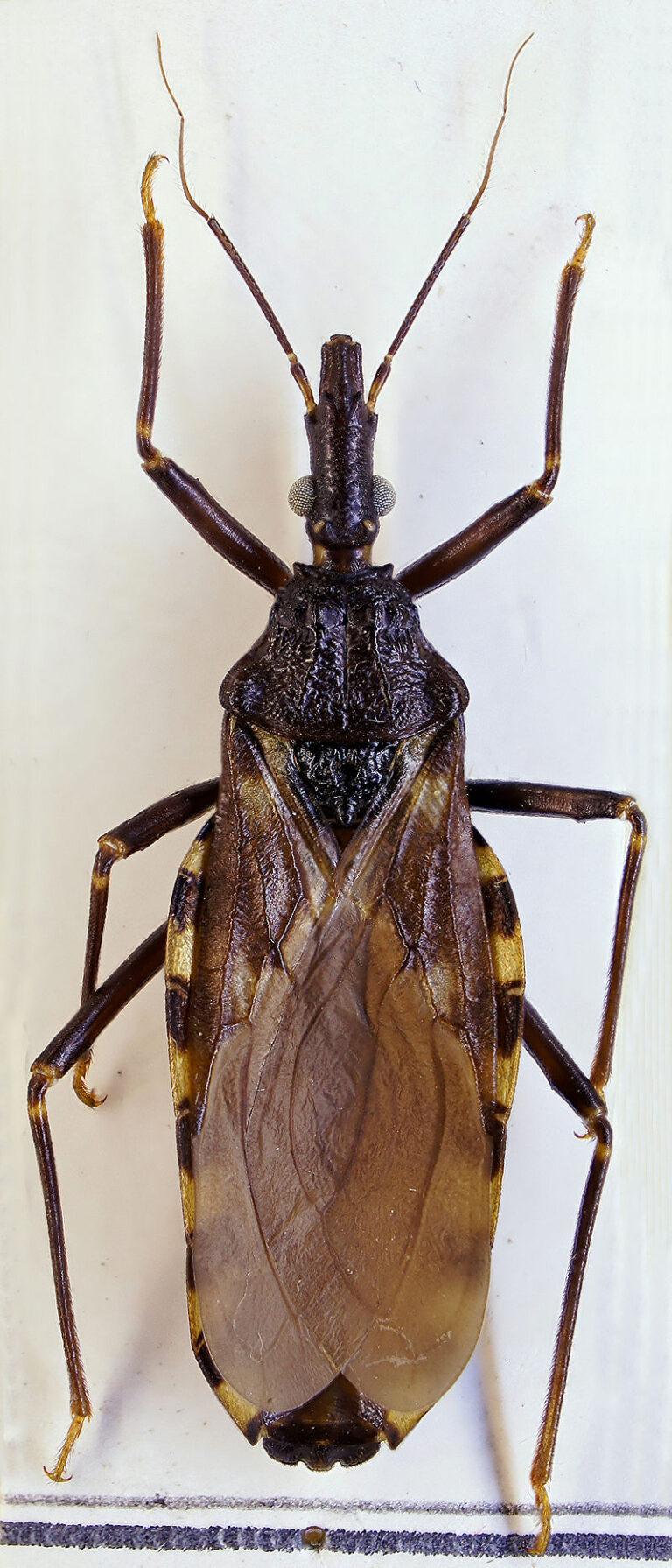
Idalia was shocked when she learned she had Chagas, a disease she’d never heard of before. After researching, she found out it’s called a “silent killer” and felt lost and scared. Many people don’t know about Chagas, even though it’s spread by common pests. The disease is named after Carlos Chagas, a Brazilian doctor who discovered it in 1909. Today, it’s found in places like Latin America, North America, Europe, Japan, and Australia.
Kissing bugs, which often hide in the walls of homes in poorer areas, are most active at night. They can spread the Chagas disease when they bite someone and then leave feces on the skin. If someone scratches the bite or gets the feces in their eyes or mouth, they can get infected. The CDC says around 8 million people in places like Mexico and South America have Chagas, but many don’t know they’re infected. The World Health Organization reports a similar number worldwide. If not treated, Chagas can be deadly, killing about 12,000 people yearly. In fact, in Latin America, Chagas kills more people than any other disease spread by parasites, even more than malaria.
Kissing bugs have been found in the U.S., with about 300,000 people infected. However, the U.S. doesn’t view it as a common problem. While some people never show signs of the disease, the CDC says that 20 to 30% might face heart issues that can be deadly or stomach problems that are really uncomfortable, years after being infected. Worldwide, only 10% of Chagas cases are actually detected, which makes it hard to treat and stop the disease from spreading.
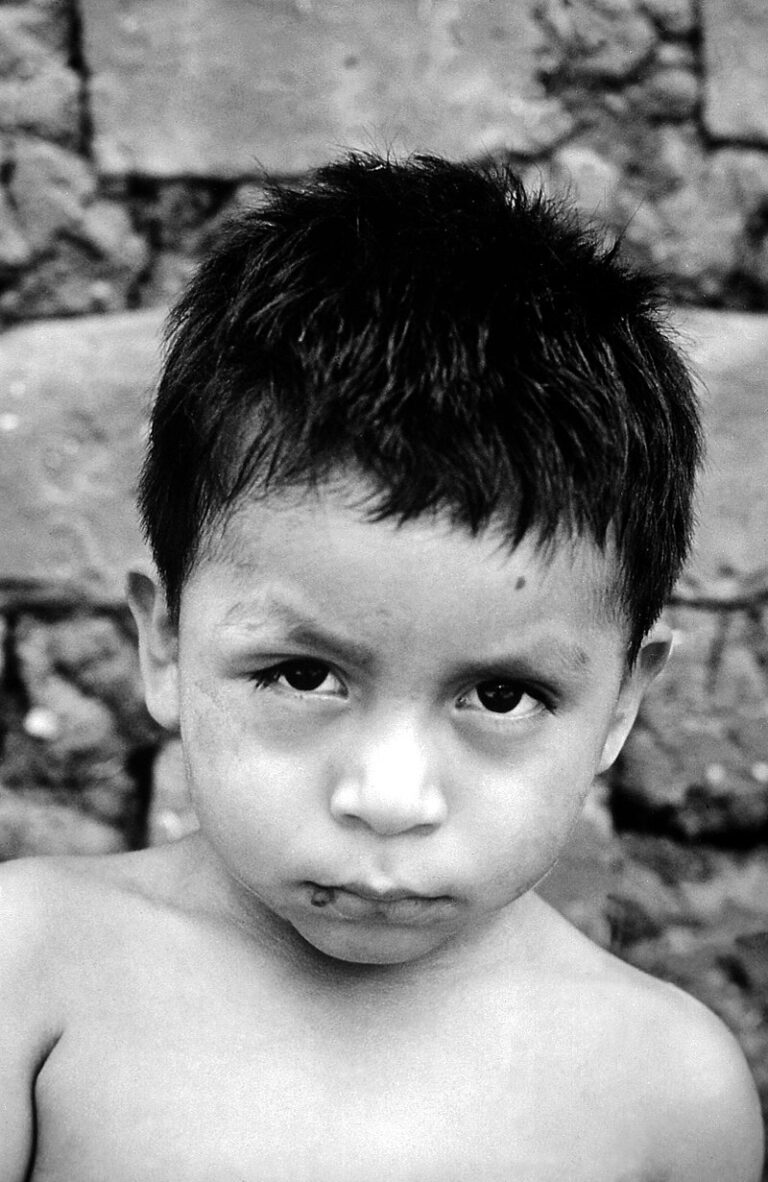
Hernández and her daughter Idalia struggled to find doctors who knew about Chagas or how to treat it. This scared Hernández, making her fear for her daughter’s life and stressed her out because they couldn’t get clear information. Thankfully, a family member in the medical field helped Idalia get the treatment she needed. Hernández pointed out that even though officials in Mexico say Chagas isn’t a big problem and is under control, that’s not true. Many doctors aren’t trained on it and often confuse Chagas with other heart diseases. A lot of them don’t even know the disease exists in Mexico.
The World Health Organization (WHO) classifies Chagas as a “neglected tropical disease.” This means it doesn’t get much attention on the global health scene. Colin Forsyth from the Drugs for Neglected Diseases Initiative (DNDi) said one reason Chagas is overlooked is because it stays quiet in the body for a long time without showing symptoms. Also, the disease mainly affects poorer people who don’t have much say in health policies. So, both the nature of the disease and social factors cause it to stay under the radar.
Chagas is starting to get more attention as it spreads to different continents. It can be passed on in several ways, including through blood transfusions, organ transplants, and from a mother to her baby during pregnancy or birth. In the UK, Professor David Moore set up the Chagas Hub to help more people get tested and treated. Their main focus in the UK is preventing the disease from passing from mothers to their children. But Moore thinks the progress in getting rid of Chagas is super slow. Even though the World Health Organization has a goal to eliminate it by 2030, Moore believes that goal might be too ambitious.
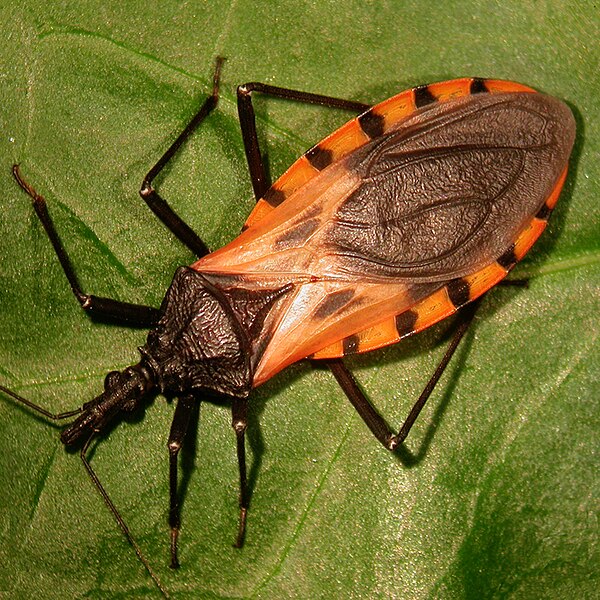
There are two medicines for Chagas: benznidazole and nifurtimox. Both have been around for over 50 years. But Moore says these medicines are “not great” – they’re harsh, have nasty side effects, and don’t always work well. They can help babies, but there’s no surety they’ll work as effectively for adults. For instance, Rodríguez experienced side effects like rashes, dizziness, and feeling sick when she took them. She did finish her treatment and now gets checked annually. Moore emphasizes the need for better Chagas medicine. However, right now, making new drugs isn’t attractive to drug companies because it’s not profitable.
Hernández is working hard to bring more attention to Chagas. As the president of the International Federation of Associations of People Affected by Chagas Disease (FINDECHAGAS), she’s pushing for more awareness. At the same time, Rodríguez in Spain is also trying to raise awareness about this silent disease through a campaign with the Barcelona Institute for Global Health. She’s tired of the disease being ignored and wants everyone to know about it, get tested, and receive treatment. Their efforts are starting to make an impact, and people are beginning to listen.
The World Health Organization (WHO) has set up World Chagas Disease Day on April 14th each year. This date marks when Carlos discovered the first human case of the disease in 1909. By 2030, WHO aims to tackle a range of 20 diseases, including Chagas.
To help keep homes safe from the bugs that spread Chagas, the CDC suggests several preventative measures:
- Fix any cracks or gaps in your home’s walls, roofs, doors, and windows.
- Clear away wood, brush, and rocks close to your house.
- Make sure doors and windows have screens and fix any damages.
- Block any openings leading to attics or under the house.
- Let your pets sleep inside, especially during the night.
- Keep your home and any pet areas outdoors tidy, and regularly check for bugs.
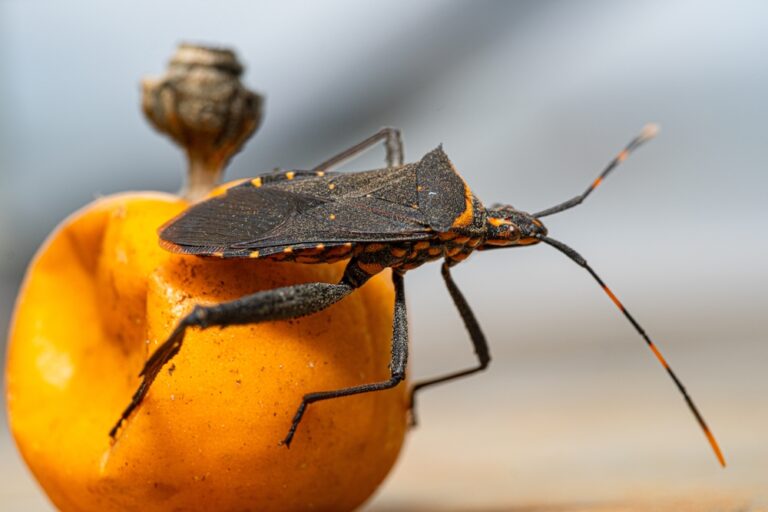
If you think you’ve found a kissing bug, don’t squish it! The CDC suggests you carefully put the bug into a container and either fill it with rubbing alcohol or freeze it. Then, take that container to a local health department or a university lab to confirm if it’s a kissing bug.
It’s a bit scary to imagine these bugs might be living inside walls – it reminds you of those spooky tales about monsters hiding inside homes.
We truly hope the World Health Organization achieves its goal of wiping out Chagas and other overlooked tropical diseases.
Spread the word and let more people know about this quiet but dangerous disease!


